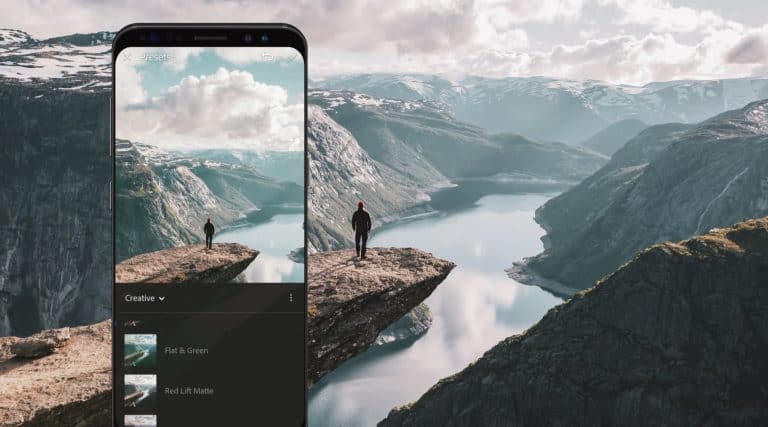How to Stay Safe While Taking Photos in Nature
Nature photography is a thrilling and rewarding pursuit. Whether you’re an amateur shutterbug or a professional photographer, capturing the beauty of the great outdoors can be an awe-inspiring experience. However, it’s essential to prioritize safety while immersing yourself in nature. From unpredictable weather conditions to encounters with wildlife, outdoor smartphone photography presents unique challenges. In this blog post, I will explore some essential tips to help you stay safe while taking photos in nature.
➤ This post may contain affiliate links, purchases made through affiliate links may provide a commission for smartphone photography at no extra cost. Of course, all opinions remain our own. Please read the Privacy Policy for more info.
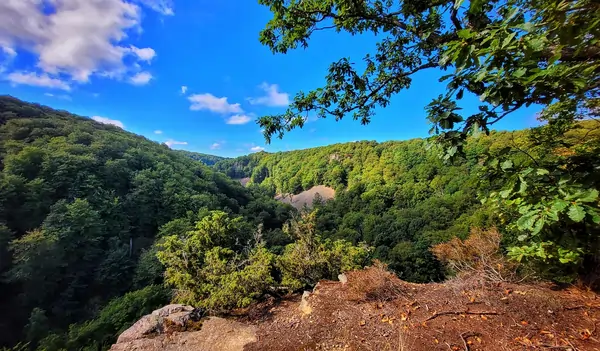
Research Your Location
Before embarking on a nature photography expedition, it’s crucial to research your location thoroughly. Familiarize yourself with the terrain, weather patterns, and any potential hazards you might encounter. Understanding the area’s geography and climate will enable you to plan your trip effectively and pack the necessary gear.
Bring hiking maps or use a smartphone app like Maps.me with highly detailed terrain maps. Know how to use a compass and familiarize yourself with reading maps.
Dress Appropriately
Choosing the right clothing is vital for both comfort and safety. Dress in layers to adapt to changing weather conditions. Opt for moisture-wicking fabrics, like Merino wool, that keep you dry, preventing hypothermia in cold and wet environments. Wear sturdy, comfortable footwear like hiking boots that provides good traction to navigate uneven terrain safely.
Check the Weather Forecast
Weather conditions in nature can change rapidly, and being prepared is essential. Check the weather forecast before heading out, but also be aware that forecasts can be unreliable in remote areas. Be prepared for unexpected changes by bringing rain gear, warm clothing, or sun protection, depending on the forecasted conditions.
Pack Essential Safety Gear
Carry essential safety gear to ensure your well-being during outdoor photography expeditions. Items such as a first aid kit, a compass or GPS device, a whistle, a flashlight, and a multi-tool are must-haves. These tools will come in handy in case of emergencies or unexpected situations.

Share Your Itinerary
Always inform someone about your plans before venturing into the great outdoors. Share your itinerary, including your destination, expected return time, and any alternate routes you might take. This information will prove invaluable in case of an emergency, enabling others to initiate a search or rescue if needed.
Be Aware of Wildlife
Encountering wildlife is often one of the most thrilling aspects of nature photography. However, it’s crucial to remember that wild animals are unpredictable and potentially dangerous. Maintain a safe distance from wildlife, using a telephoto lens from Moment to capture close-up shots without disturbing their natural behavior. Avoid getting between animals, especially when photographing predators and their prey and mothers with their kids. Respect their habitats and never feed or approach them.
Recently I came across these Scottish Highlander cows. They were minding their own business until one of them came walking towards me. And she did not stop. I had to hide behind a fallen tree to protect myself. After talking in a low voice and backing away slowly I discovered she had a calf. You can never let your guard down and give the animals the space they need.

Practice Leave No Trace Principles
As a nature photographer, it’s essential to be mindful of your impact on the environment. Follow the Leave No Trace principles, which include packing out all your trash, minimizing campfire impacts, respecting wildlife and their habitats, and staying on designated trails to prevent soil erosion. Leave the environment as you found it, allowing others to enjoy the beauty of nature.
Stay Hydrated and Nourished
Staying hydrated and nourished is crucial for your well-being in the great outdoors. Carry an adequate supply of water and drink regularly to avoid dehydration. Snacks high in energy and nutrients will keep you fueled throughout your photography journey. Remember that dehydration and hunger can impair your judgment and decision-making abilities, putting your safety at risk.
I always bring a water filter and steripen on a multi-day backcountry photography adventure. You can filter bacteria and viruses from the water. Try to find clear and streaming water. You can also cook your drinking water for at least 3 minutes. It won’t change the taste, which my carbon filter does, but it works.

Know Your Limits
It’s important to be aware of your physical fitness and skill level when exploring nature for photography purposes. Pushing yourself beyond your limits can lead to exhaustion, injuries, or accidents. Gradually increase the difficulty of your outdoor adventures as you gain experience and build your skills.
Trust Your Instincts
Lastly, trust your instincts and use common sense while photographing in nature. If something feels unsafe or uncomfortable, it’s essential to prioritize your well-being and make the necessary adjustments. Pay attention to signs of changing weather, such as darkening skies, strong winds, or rapid temperature drops. If conditions deteriorate, you should cut your photography session short and seek shelter. Remember that your safety is more important than capturing the perfect shot.
Carry Adequate Smartphone Photography Equipment
Having the right photography equipment is essential for capturing stunning nature photos, but it’s equally important to travel light and not overload yourself. Carry a sturdy camera bag or backpack to protect your gear from the elements. Invest in a good quality smartphone camera strap to secure your equipment while you move around. Consider using a tripod to stabilize your shots, especially in low light or when photographing landscapes. Additionally, pack a power bank and micro SD memory cards to avoid running out of power or storage space. I use a power bank with built-in solar system, so you never run out (when the sun shines).

Be Mindful of Sun Safety
When photographing in nature, it’s easy to lose track of time and spend hours exposed to the sun. Protect yourself from harmful UV rays by wearing sunscreen with a high SPF, a wide-brimmed hat, and sunglasses. Seek shade during peak sun hours to avoid heat exhaustion or sunburns. Remember that even on cloudy days, the sun’s rays can still be strong, so take necessary precautions.
Practice Proper Etiquette with Other Photographers
Nature photography locations are often popular spots for many photographers. When encountering fellow photographers, be respectful and mindful of their space. Avoid obstructing their shots or disturbing the wildlife they are photographing. If you’re shooting in a group, communicate and coordinate your movements to ensure everyone has equal opportunities for capturing their desired images.
Once I had to come back twice to get a shot of the famous Wanaka tree in New Zealand. It was just too busy with other photographers. They even knocked my gear over and stepped on my toes. That is not how I like to work. Give each other a chance. There is always a next day or opportunity.

Stay Alert and Mindful of Your Surroundings
While engrossed in capturing the beauty of nature through your lens, it’s easy to become absorbed and lose track of your surroundings. Stay alert and aware of potential hazards such as unstable terrain, slippery rocks, or falling branches. Watch for changes in weather conditions or signs of wildlife nearby. By staying mindful, you can prevent accidents and stay safe during your photography adventures.
Educate Yourself on Local Regulations
Different nature reserves, national parks, or protected areas may have specific rules and regulations that you need to follow. Educate yourself on any permits or restrictions required for photography in those locations. Respect the guidelines and adhere to them to preserve the natural environment and ensure the safety of both yourself and others.

Take wonderful phone photos in nature
Nature photography provides a beautiful opportunity to connect with the beauty of the great outdoors. By prioritizing safety and following these essential tips, you can enjoy your photography expeditions while minimizing risks. Remember to research your location, dress appropriately, stay informed about the weather, pack essential safety gear, and be mindful of wildlife and the environment. Trust your instincts, know your limits, and practice good etiquette with other photographers. With these precautions in mind, you can have a safe and fulfilling experience capturing the wonders of nature through your smartphone camera lens.

How do I manually focus my Android camera?
Sometimes, you need your camera phone to be a DSLR and manually focus before taking a picture. Does your Android camera have the ability to do so? Let’s find out. Most new Android smartphones have a built-in manual mode in their stock camera app. If not, you can download a third-party application that allows you…

How to Take Images Through a Telescope with Your Smartphone
The universe’s wonders have always fascinated me; telescopes provide a window into the celestial realm. With the advancement of technology, it is now possible to capture stunning images of the milky way, its planets, and other astronomical objects using your smartphone. In this article, I will guide you through capturing breathtaking images through a telescope…
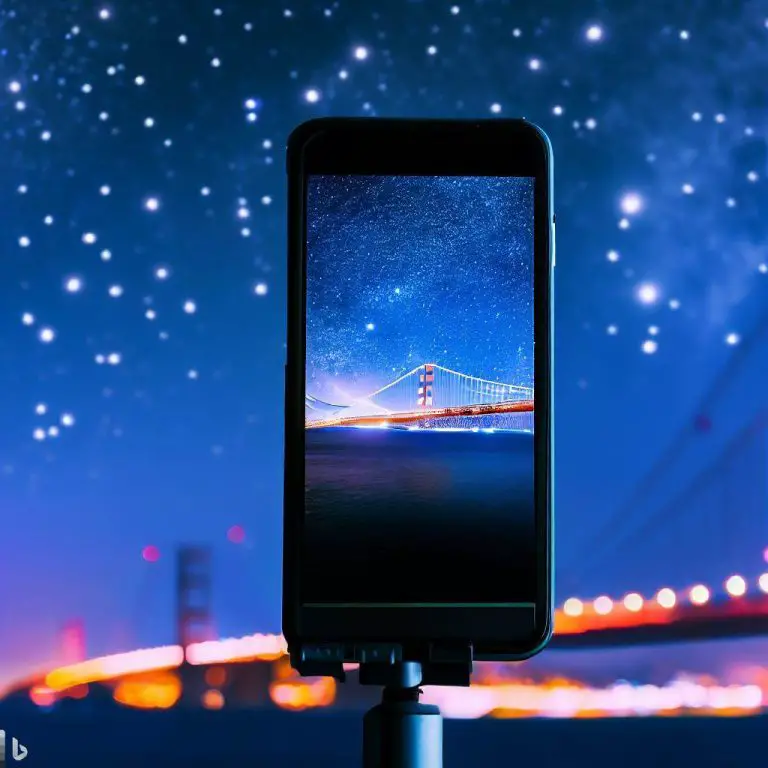
How can I edit astrophotos made with a phone?
Editing astrophotos captured with a phone can help enhance the details, colors, and overall quality of your images. While the exact editing process can vary based on personal preferences and available editing tools. In this article, you will find some general steps to consider while editing your astrophotos. Transfer RAW or High-Quality JPEG Files If…
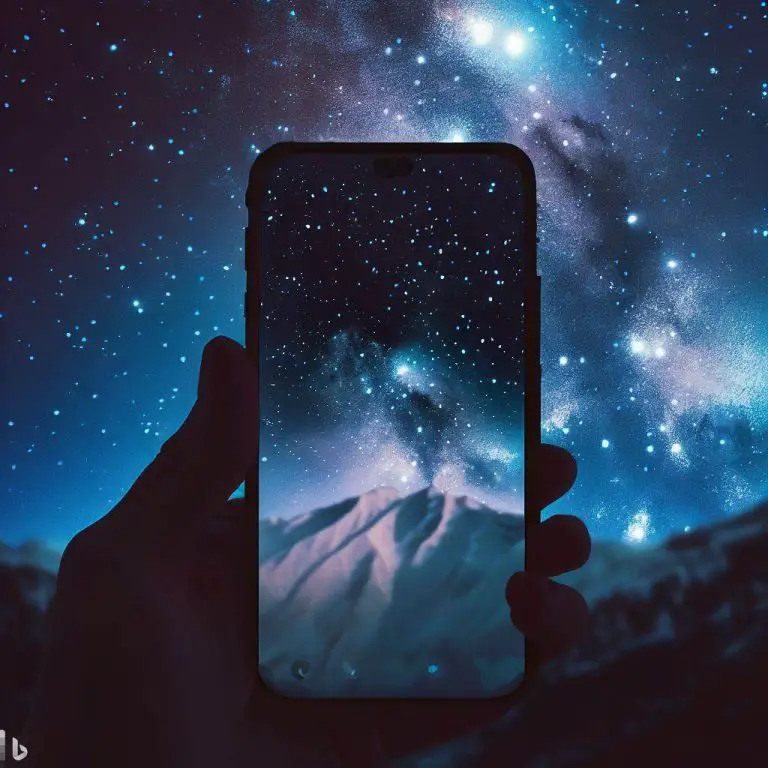
Unleashing Stellar Magic: Phone Astrophotography Guide
Welcome to the fascinating world of astrophotography, where you can capture the wonders of the cosmos using just your smartphone. Armed with curiosity and a willingness to explore, you’re about to embark on a cosmic journey that will forever change the way you perceive the night sky. In this beginner’s guide, I will walk you…
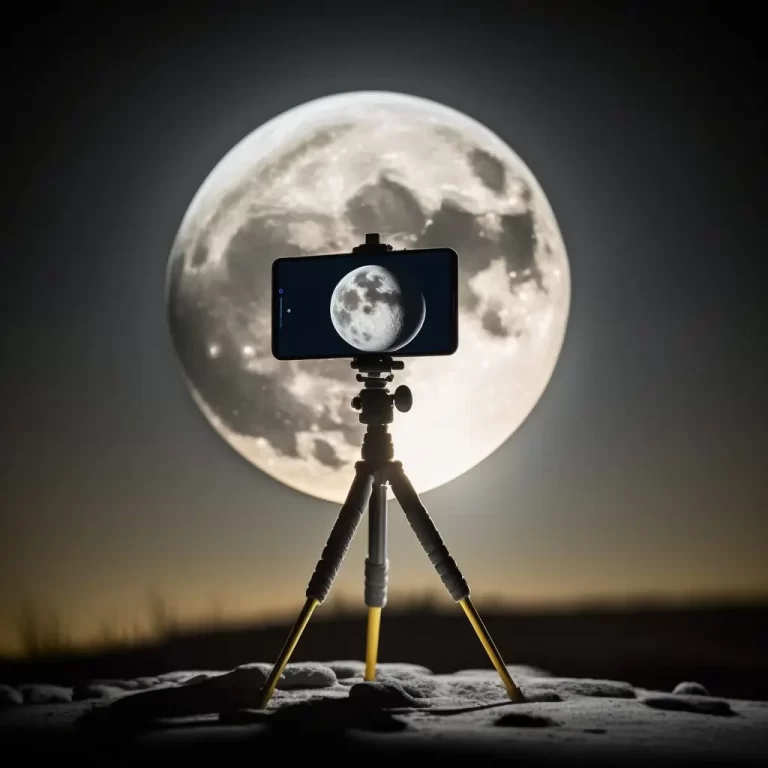
How can I capture the moon with my phone?
The moon is one of the most beautiful and captivating objects in the night sky, and with modern technology, it is now possible to capture its beauty with your smartphone. In this blog post, I will show you how you can take stunning images of the moon with only your phone, a tripod, and a…
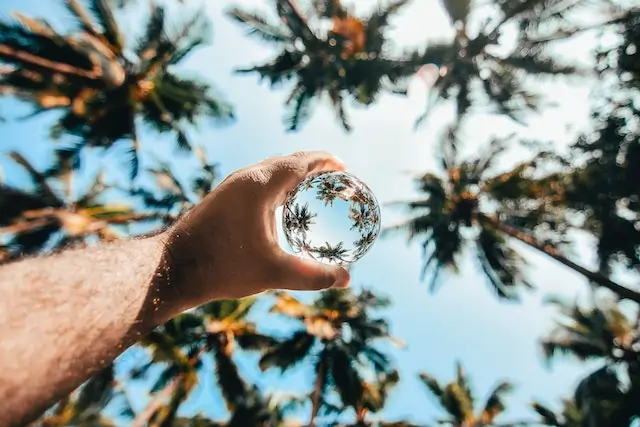
Can you use a lensball with a phone camera?
So you would like to take some incredible images with a lens ball while using your smartphone camera? You have come to the right place. I will give you tips for creating professional-looking lensball pictures. Let’s dive. It is possible to create images using a lensball with your smartphone camera. However, you will need some…

Can you focus stack on a smartphone? Easy step-by-step guide
If you’ve ever taken a close-up or macro photo, you know how tiny the focusing space is. As a result, you have to choose which part of the image should be the sharpest: either the petals or the stamens of the flower, the eyes or feelers of a bee. Unfortunately, when taking pictures with your…
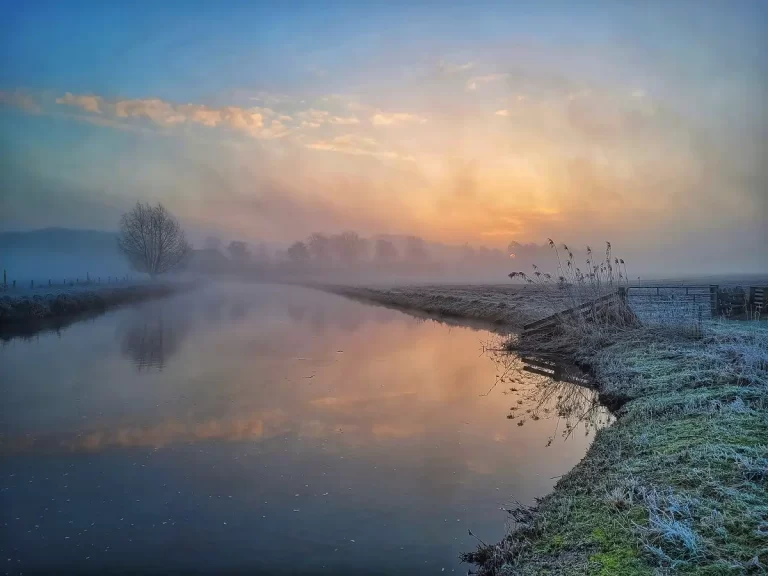
How do I capture the mist and fog on my phone?
When the nights become colder and the days shorter, the chance of seeing fog in de early morning increases. Because fog consists of tiny little water drops, the (minimum) temperature needs to be lower than the dewpoint temperature. Other factors that improve the chance of fog and mist are little or no wind and humid…


